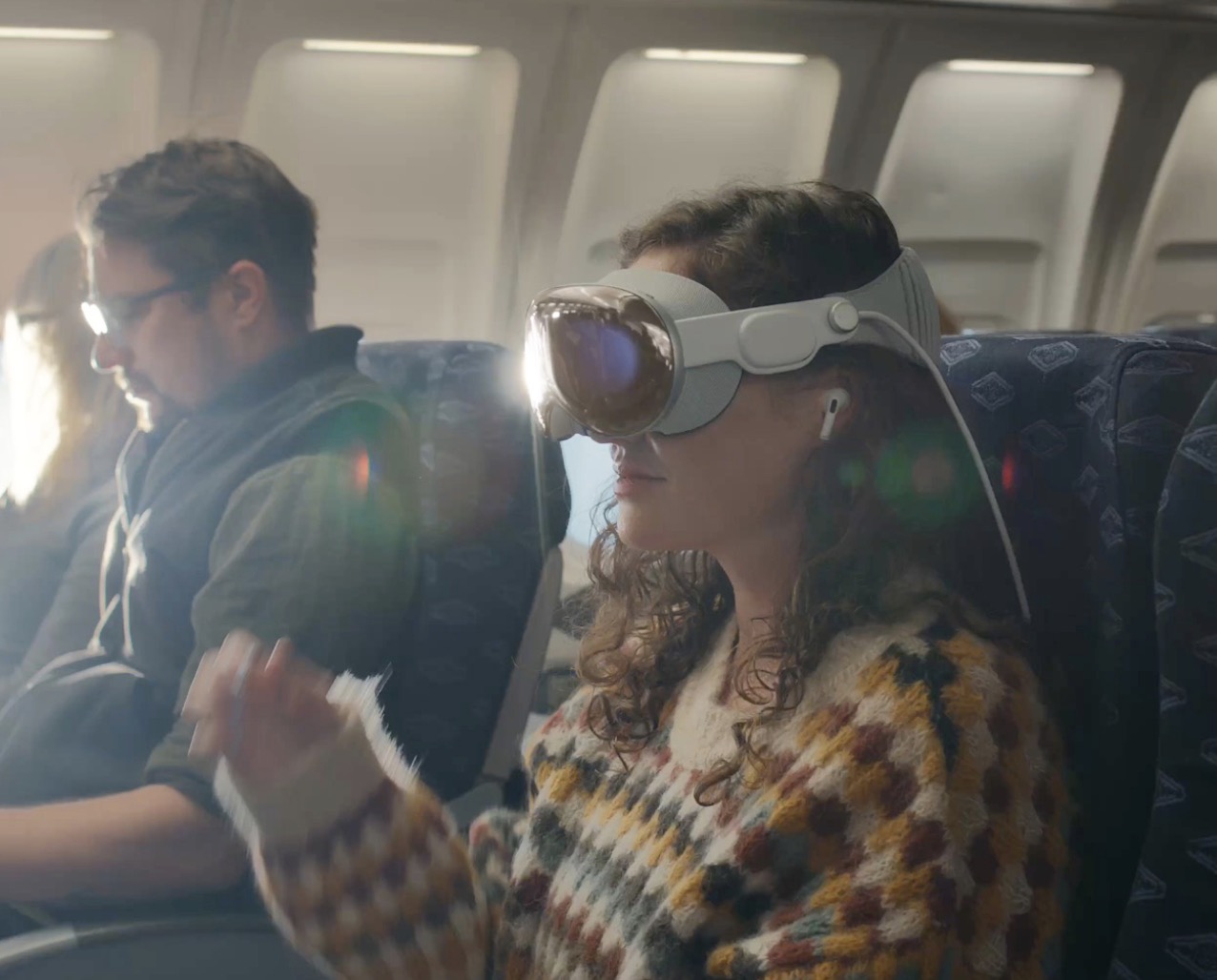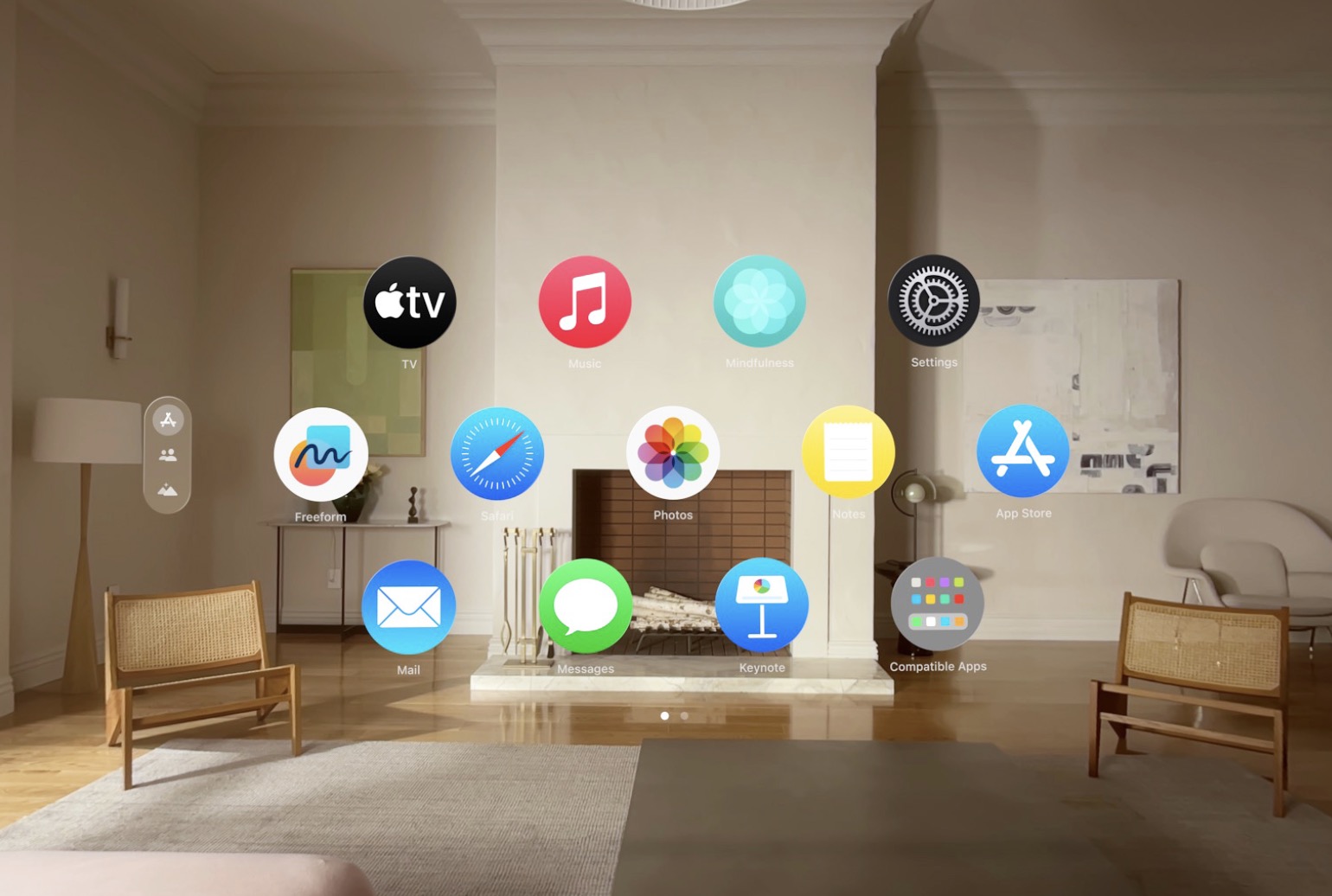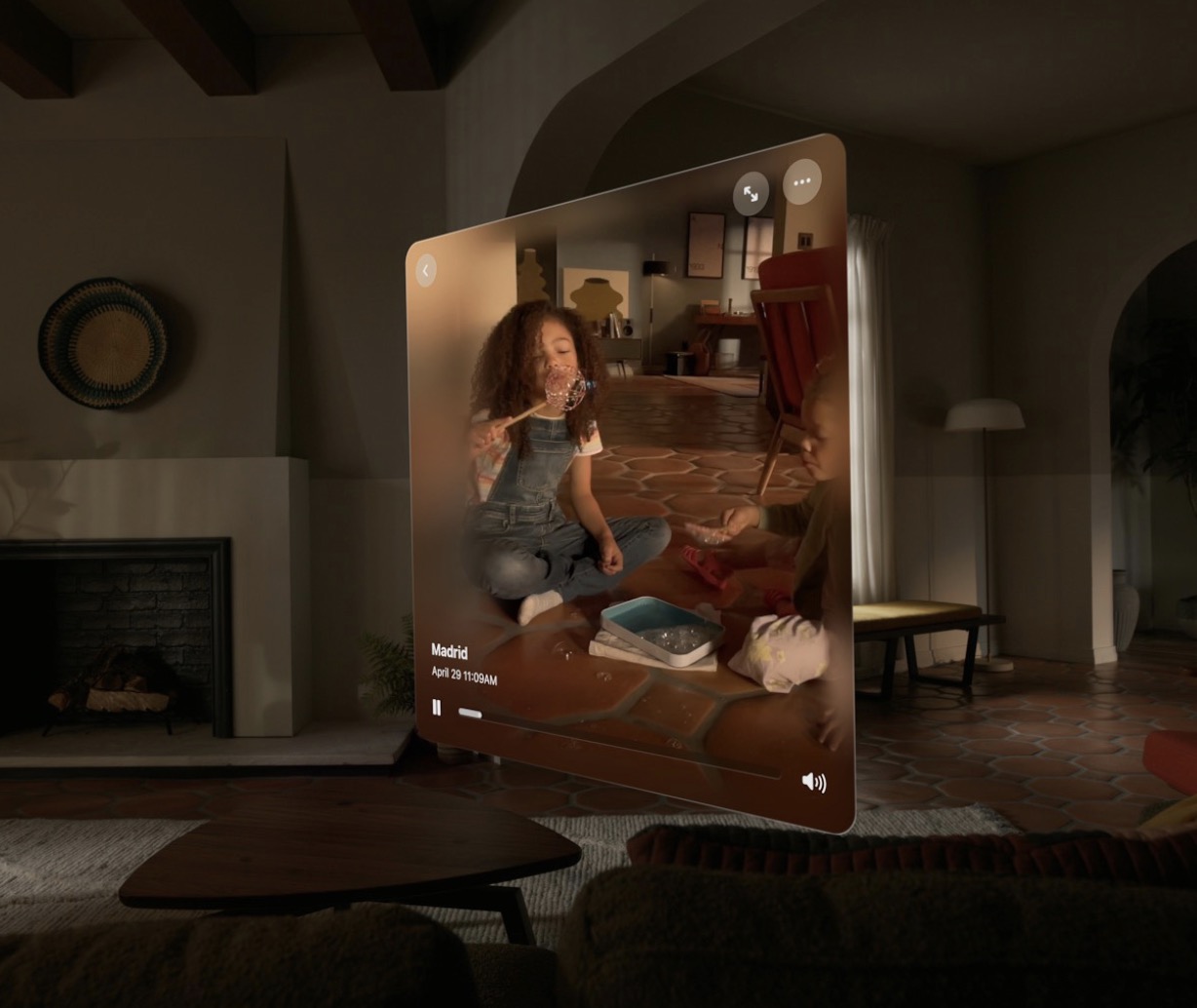Apple Vision Pro Headset To Go On Sale In February

Apple to start sales of Vision Pro headset on Friday, 2 February as it seeks to revolutionise nascent market for augmented and virtual reality
Apple is to launch sales of its Vision Pro headset on Friday, 2 February at its Apple Stores and online – although the device will only initially be available in the US.
The company said it would begin taking pre-orders for the $3,499 (£2,750) Vision Pro two weeks before sales begin on Friday, 19 January at 5 am PST (1 pm GMT).
“The era of spatial computing has arrived,” said Apple chief executive Tim Cook in a statement.
“Apple Vision Pro is the most advanced consumer electronics device ever created.”

Prescription lenses
The firm also disclosed that Zeiss ready-made “reader” lenses for the headset would be priced at $99, with prescription lenses priced at $149.
The lenses magnetically attach to the inside of the device, allowing a clear view of its dual 4K displays.
The base model of the Vision Pro comes with 256GB of memory and comes with two types of headband, a light seal with light cushions, a cover, a polishing cloth, battery, USB-C charging cable and USB-C power adapter.
When it announced the Vision Pro at its Worldwide Developer Conference last June Apple took a different tack from existing headsets such as the Oculus line from Facebook parent Meta Platforms, emphasising a new way of using a wide range of iOS apps that already exist for the iPhone and iPad.

Immersive recordings
The company has also marketed applications that make use of the device’s new capabilities, such as the ability to record and play back 3D immersive videos of one’s own experiences.
Apple said 150 3D titles would be initially available through its Apple TV app, and users have the option of watching films on a gigantic virtual screen in either immersive or AR mode.
Meta has primarily marketed the Oculus devices for playing games and for immersive 3D experiences – which it calls the Metaverse, inspiring the name of the company itself.
Apple’s system uses the M2 chip that also powers its laptops and desktops as well as a new R1 chip dedicated to processing data from cameras, microphones and other sensors.

Manufacturing woes
Users switch between augmented reality (AR) and immersive virtual reality (VR) with a dial on the side of the device and navigate the interface through eye, head and hand tracking.
While some early users have praised the device’s engineering and user experience, others have reported neck strain due to its size and weight.
Apple reportedly had modest projections for the device’s initial sales, and last year reportedly cut its production plans in part due to manufacturing difficulties.